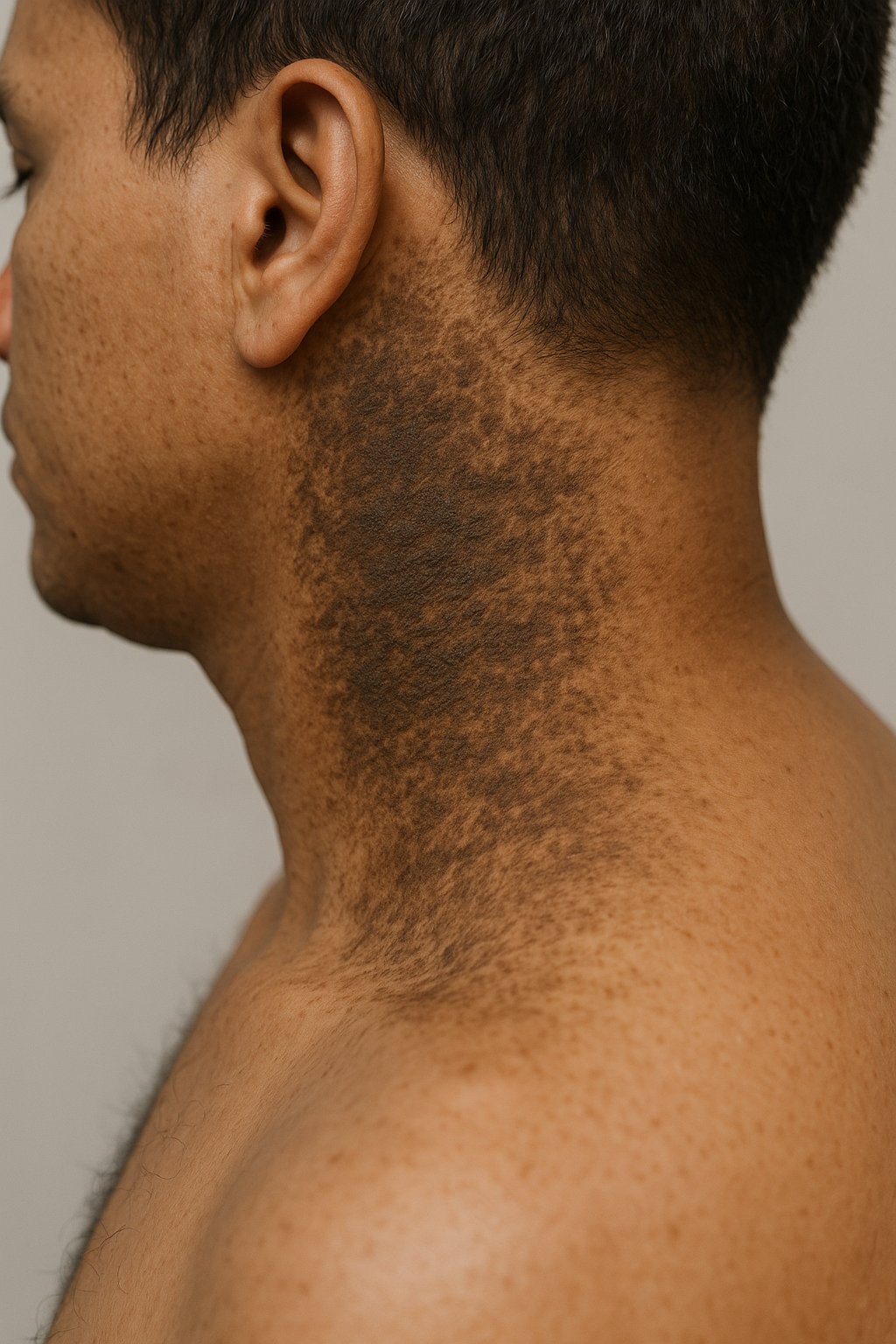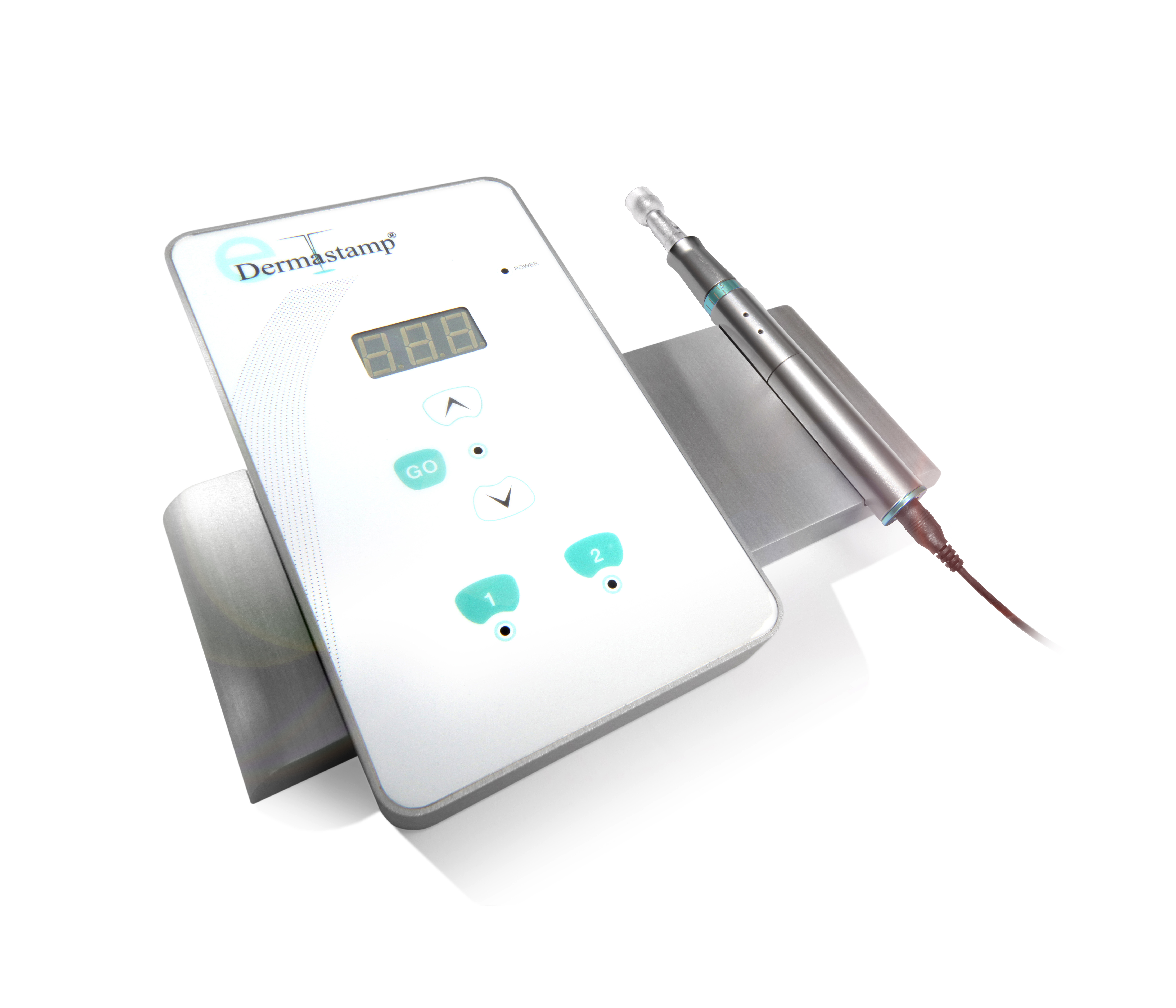Dermatological emergencies- Drug eruptions
Drug eruptions are one of the dermatological emergencies and are quite common to occur. Patients admitted to the hospital with rashes have these rashes caused by prescribed medications.
Approximately 3% of patients who are admitted to the hospital have rashes caused by adverse drug reactions. In other cases, the cutaneous signs are caused due to underlying or intercurrent illness (e.g. viral of bacterial exanthemas and/or internal disease), non-specific reactions to treatment (e.g. sweat-rash), or independent skin disease that was not recognized by the hospital staff. True drug reactions are known to mimic other skin diseases. Usually, any type of rash improves once the drug gets withdrawn. The recovery time may occur quickly but in some cases can take several weeks to heal.
The adverse drug eruptions can be extremely dangerous, especially if it is toxic epidermal necrolysis (TEN) and drug hypersensitivity syndrome. The following occurring features indicate that serious reaction has occurred: skin pain, blistering, high fever, lymphadenopathy, arthritis, abnormal blood count, shortness of breath, and hypertension. Usually, the facial and/or mucous membranes are involved.
Prior to any doctor’s appointment, patients are highly advised to report their drug history, Physicians usually ask for all medications that have been prescribed and taken in the past three months. This involves all prescribed and non-prescribed medications; taken either orally, injected, in the form of patches, or applied as creams. This also includes household remedies, such as analgesics, hypnotics, or laxatives. Lastly, all herbals, vitamins, and homeopathic remedies have to be reported as well.
The exanthematous drug reactions are also known as toxic erythema. The clinical features include the abrupt onset for 5-10 days after prescribing a new drug, occurrence of fever and malaise, and progression to erythroderma, drug hypersensitivity or toxic epidermal necrolysis. As previously mentioned, the rash usually disappears within a week after a suspected drug or series of drugs were withdrawn. Drugs that cause exanthematous rashes are Penicillins, Erythromycin, Isoniazid, and NSAIDS.
A morbilliform eruption that involves internal organ(s) and presence of fever result in drug hypersensitivity syndrome (DHS). It has a mortality rate of 10%.
The drug-induced urticaria occurs with or without presence of angioedema. It can last for three weeks after the initial exposure. It may be caused due to type 1 hypersensitivity (e.g. penicillin) or direct release of inflammatory mediators from mast cells as an initial reaction to drug exposure (e.g. aspirin, NSAID, muscle relaxants, opiates). Drugs that cause urticaria are Penicillins, cytostatic agents, ACE inhibitors, Calcium channel blockers, and Sulphonamides.
The fixed drug eruptions (FDE) refer to a single plaque or multiple plaques that appear within few hours and sometimes followed by blisters. Usually, mucosal surfaces like lips and genitals get affected. FDE resolves within few days but leaves purple hyperpigmentation and then can re-erupt on the same site due to causative drug.
Purpura refers to skin bleeding caused by drugs. This includes allergic or cytotoxic thrombocytopenia, capillartis, overdose of anticoagulants, etc.
The drug-induced photosensitivity is caused by toxic and/or immunological mechanism, either from systemic or topical exposure to medication. The rash affects sites of light exposure (UVA), but may spare areas like face and hands. Phototoxic reactions can affect any person if the dose is high enough. The reaction appears in the form of sunburns.
The drug-induced pigmentation arises from deposition of melanin (e.g. ACTH, phenytoin), exogeneous pigment (minocycline), or haemosiderin (minocycline). 75% of patients experience pigmentary changes on exposed sites. The Clofazimine results in reddish brown pigmentation on light exposed areas and excretions (e.g. sweat).
In case of suspicious drug eruption, it is highly advised to stop taking the responsible drug and avoid taking any ones, especially those belonging to the same pharmacological class. Patients with drug eruptions are treated with emollients, hydrocortisone lotion, or oral antihistamine.
Due to COVID-19 eruption, Centre for Medical and Surgical Dermatology offers Teledermatology appointments from Mondays to Fridays, 8:00 a.m.- 2:30 p.m.
For more information on Teledermatology, visit the following link:



